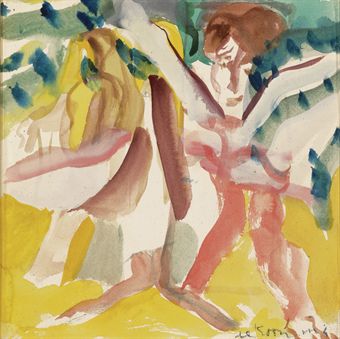For instant gratification, Larkin’s moody, anti-romantic poems are a good read just because they are shorter, darkly witty, straight to the point and easy to understand. In “Talking in Bed” for instance, in four three-line verses, Larkin is able to explain a present situation to the reader while giving them some insight of the past. “Yet more and more time passes silently” is one of those lines that gives the reader an insight to what the relationship between these two people used to be, since they are now conscious of time passing by silently. He is able to convey the restlessness that the characters feel by illustrating how they are indoors and yet somewhat long to be outdoors since they are so bored with each other.
Another instantly gratifying poem is “This be the Verse” just because it is so easy to read, that there’s no misunderstanding it. Sometimes, after people become adults, they look back on their childhood and they disagree with some of the decisions that their parents made, and I think that’s what “This be the Verse” is about. In three verses of four lines each, this misanthropic and witty poem is able to evoke emotions (and chuckles) because even if you disagree that all parents mess their kids up you’ll still get a laugh from wondering what set him off to write this poem.
On the other hand, I find Larkin’s transcendent side to be quite tedious to digest because of the tightly wound imagery, and the long-long verses. In “Here”, the misanthropic nature found in his anti-romantic poems is still present however; there is a sense of darkness and grime embodied in the lines as well as an air of condescension for the characters that Larkin conveys. He describes them as a “cut-price crowd” with fishy smells and simple lives, he also seems to remove himself from this crowd to live in silence and not be disturbed. It’s the imagery that really gets me since it’s so beautiful and somewhat convoluted all at once.
When I’m in the mood to think, I’ll opt for one of Larkin’s transcendent poems but, like I said, for instant gratification, I prefer Larkin’s anti-romantic side.
